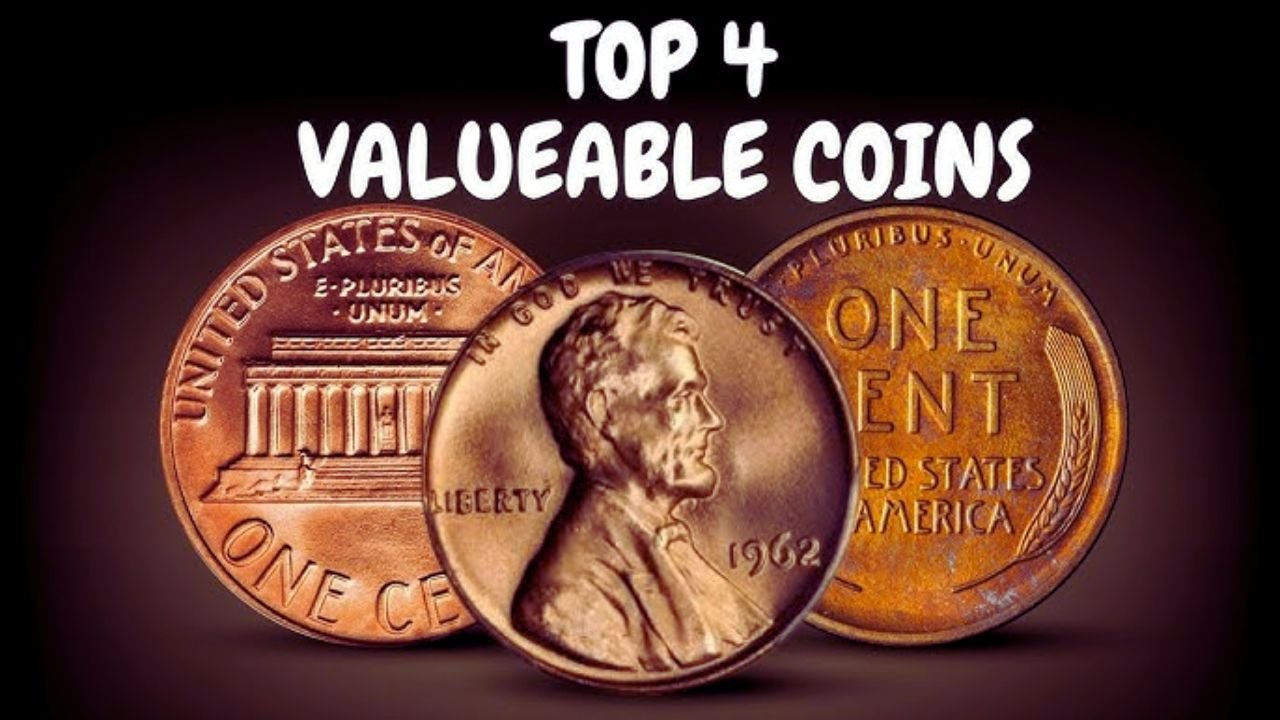Some Canadian nickels are more than just small change—they could be worth a fortune! Among them, one stands out as the ultimate prize for coin collectors: the 1921 five-cent coin, often called the “Holy Grail” of Canadian nickels. Its rarity and historical value make it a dream find for anyone digging through old coins. With only a few hundred ever minted, and most melted down, this coin can fetch up to $160,000 in top condition. Let’s dive into why this nickel is so special and other valuable Canadian nickels from the World War II era that might be hiding in your piggy bank.
The Legendary 1921 Five-Cent Coin
The 1921 five-cent coin is nicknamed the “Prince of Canadian Coins” for good reason. Only about 100 are believed to exist today, making it one of the rarest Canadian coins. Back in 1921, the Royal Canadian Mint made very few of these silver coins (92.5% silver, 7.5% copper) before switching to a new design. Most were melted down, leaving just a handful for collectors. In 2010, a top-grade 1921 nickel sold for $115,000 at auction, and its value has only climbed since. Look for a small, 15.5mm silver coin with King George V’s portrait on one side and “5 CENTS” between maple leaves on the other.
WWII Nickels: A Unique Piece of History
During World War II, Canada faced a nickel shortage because the metal was needed for military equipment. To save nickel, the Royal Canadian Mint switched to tombac, a copper-zinc alloy, for five-cent coins from 1942 to 1943. These coins are easy to spot because they’re 12-sided, not round, to avoid confusion with pennies. The 1942 and 1943 tombac nickels are affordable for collectors, with uncirculated ones costing under $10. But rare versions, like the 1944 tombac nickel with only one known example, can be worth $38,000 or more, as seen in a 1999 auction.
Other Rare Nickels to Watch For
Beyond the 1921 coin, other Canadian nickels can also bring in big money. The 1947 “Dot” nickel, tied to India’s independence, is a collector’s favorite. A small dot was added to some 1947 nickels due to a design change, and those without the dot by mistake are worth up to $2,500. The 1926 “Far 6” nickel, where the “6” in the date is farther from the maple leaf, is another gem, often called the “King of Canadian Nickels.” These coins can sell for hundreds or thousands, depending on their condition. Always check for low mintage years like 1938 or 1948, which are also prized.
How to Spot and Sell Valuable Nickels
Finding a valuable nickel takes a keen eye. Use a magnifying glass to check dates like 1921, 1926, or 1947 for errors like the “Dot” or “Far 6.” Store coins in plastic holders to keep them in good shape, as condition matters a lot to collectors. If you think you’ve got a rare one, get it graded by trusted services like PCGS or NGC to confirm its value. You can sell through coin shops, online platforms like eBay, or auctions like Heritage. With nickel production possibly ending due to global trends, these coins are only getting rarer.
Quick Guide to Valuable Canadian Nickels
| Year | Key Feature | Estimated Value |
|---|---|---|
| 1921 | Silver, King George V | $5,000–$160,000 |
| 1947 | Dot/No Dot Error | Up to $2,500 |
| 1926 | Far 6 Variety | Hundreds–Thousands |
| 1944 | Tombac, One Known | ~$38,000 |
Next time you get change, take a closer look—you might just find a small fortune hiding in plain sight. Coin collecting isn’t just a hobby; it’s a treasure hunt that could pay off big
